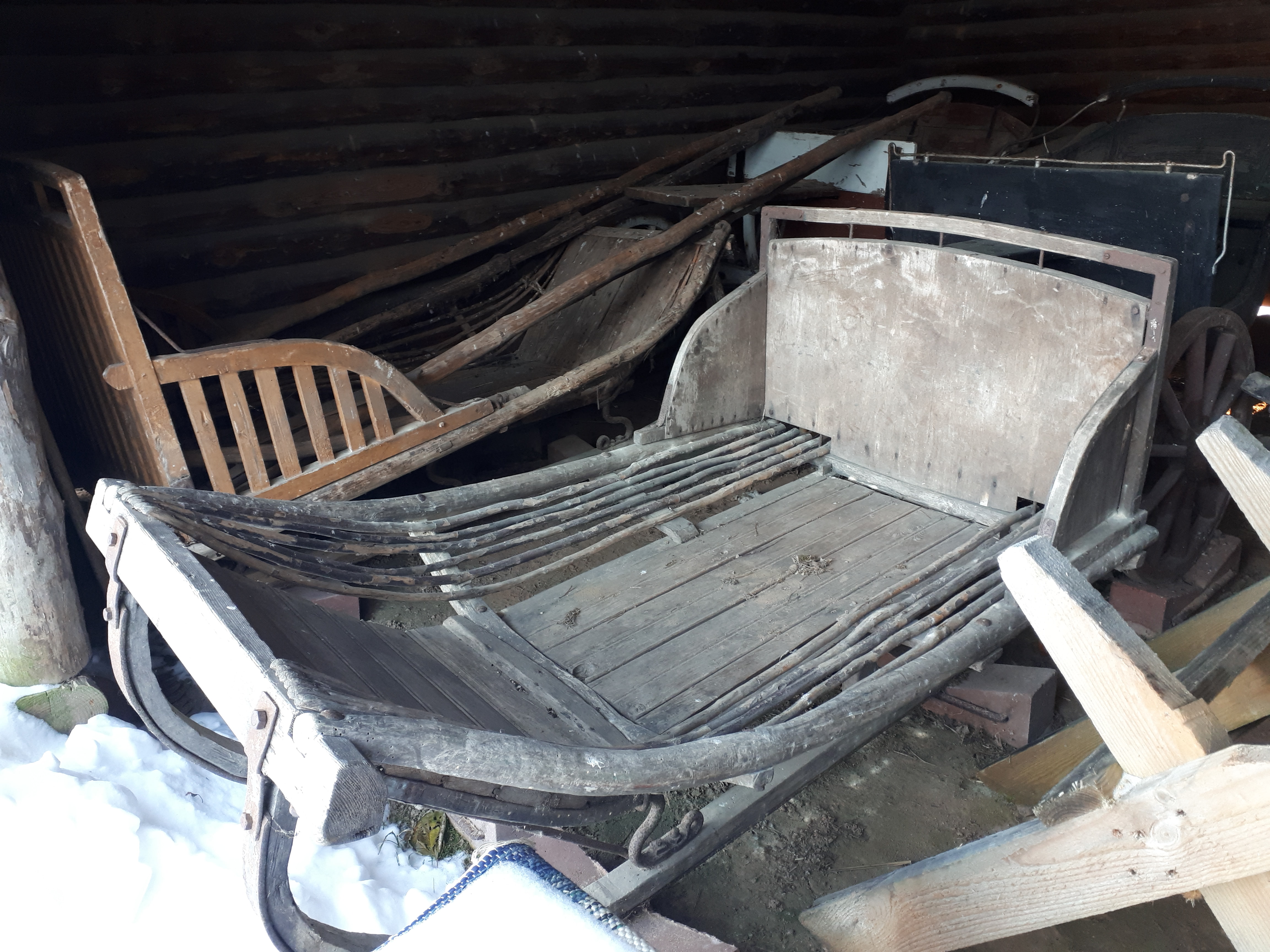Land
The land section contains some folklore about the earth and everything that naturally lives and grows upon it. The texts tell about rather wilder places, as well as plants, trees, animals and reptiles – including supernatural creatures, such as a werewolf or snake king.
Some folklore reports indicate that the earth itself also was believed to be alive; for example, it was prohibited to beat or wound the soil, and the land should sometimes be given a rest. In the Estonian folk calendar, the Earth Rest Day (lit. the Day of Earth’s Breathing) was celebrated, when no single flower or stalk could be plucked, nor any field work done. (See page: Folk Calendar / Easter and the arrival of spring.)
Southern Estonia has a variegated landscape with a number of small hills and lakes; northern and western Estonia and the islands are rather flat. Estonia has a long water border, but southern Estonia does not touch the sea. The northern and southern parts of Estonia were separated by a zone of wild forests and marshes; however, the forests were found everywhere on the mainland, although to a lesser extent on coastal areas and islands.
The centre of the Estonian peasant’s life was the farmyard, surrounded by the village, fields and pastures. Further away lay forest and swamp areas. Many animals lived there, and the wilderness hid dangers and secrets.
Over the millennia, the people had obtained most of their needs directly from nature. Survival in a Nordic area with cold winters required time and effort, and providing and storing food, handcrafting tools and clothes etc. needed careful planning so that nothing would be lacking or wasted.
Living so close to nature, people likely sensed its similarity to humans and expressed this through anthropomorphising. The guardian spirits of nature sites were mostly called Ema or Isa – Mother, Father in south Estonia, and haldjas – fairy – in north Estonia. They were not hostile to people and minded their own business, but were just plain troublesome at times. There are forest tales which actually have instructions on how to find the way home again because an eksitaja, essütäjä – a misleader – has caused a person to lose their way! The forest Fathers and Mothers, however, also kept an eye on people, demanding that the people in the forest would follow good customs and know their boundaries; but they also could be generous or help in times of trouble. Cautionary tales are told of what happened to people who hunted too much or on the wrong day – for example they might endure lifelong bad luck while hunting.
Plenty of texts give instructions for cutting and using trees – this indicates both the importance of wood and the economical attitude to both material and manual labour. It was important to use the right methods and achieve lasting results – to make durable things, to keep the farmland open and the forests growing.

Foto: Taive Särg 2022.
Winter is the right season for logging for various reasons. For example, wintry logs do not rot, and wood moths do not come inside. In winter, the ground is frozen and it is possible to move on the roadless terrain that might be soft and muddy in other seasons. Because of their fieldwork, people have less time for forestry during the summer. On the other hand, carrying out forest work in the winter enabled birds to nest in peace during spring and summer.
As natural creatures themselves, people’s closeness to animals were depicted in stories and songs where the roles change or the worlds meet – a woman marries a snake, a granny takes a fox as a goose herder, a crane and a fox visit each other, a tree talks to its cutter. The perception of the inner unity of the living beings is shown by transformations, for example in the fairy tale “Singing tree” the soul of the girl enters into the tree growing on her grave and hence into the kannel – a musical instrument – made from its wood.
Observing the course of the organic world, people have come to understand that nature cleans and renews. Indeed, from the waste and remains, more fertile soil is born, and the seed dies when a new plant grows from it. Miraculously, even the germs of infectious diseases are destroyed in the digestion of vultures that peck at carrion. Old traditions indicate that the idea of nature's purifying effect was also extended to a symbolic level – e.g. 17th century reports from western Estonia tell that once a year a straw figure called Metsik was taken from the village to the forest. The ancient custom of returning the bones of game animals to the forest was linked to the belief that this would help the animals to come back to life. This belief is reflected in the well-known Estonian folk song “White Hare” (or “Hare’s Complaining”). We can assume that if the rituals which bore no apparent result were still organised with care, they may have prepared people’s minds to join in with the community, ensuring that work was carried out very diligently for the sake of best results. Traditions were valued because the ancestors that followed them survived, and the customs and beliefs were supported or undermined by oral tradition. Unfortunately, the regenerating and purifying power of nature does not apply to today's technological waste. We do not know if nature has a solution to this problem and whether humans will survive it.

